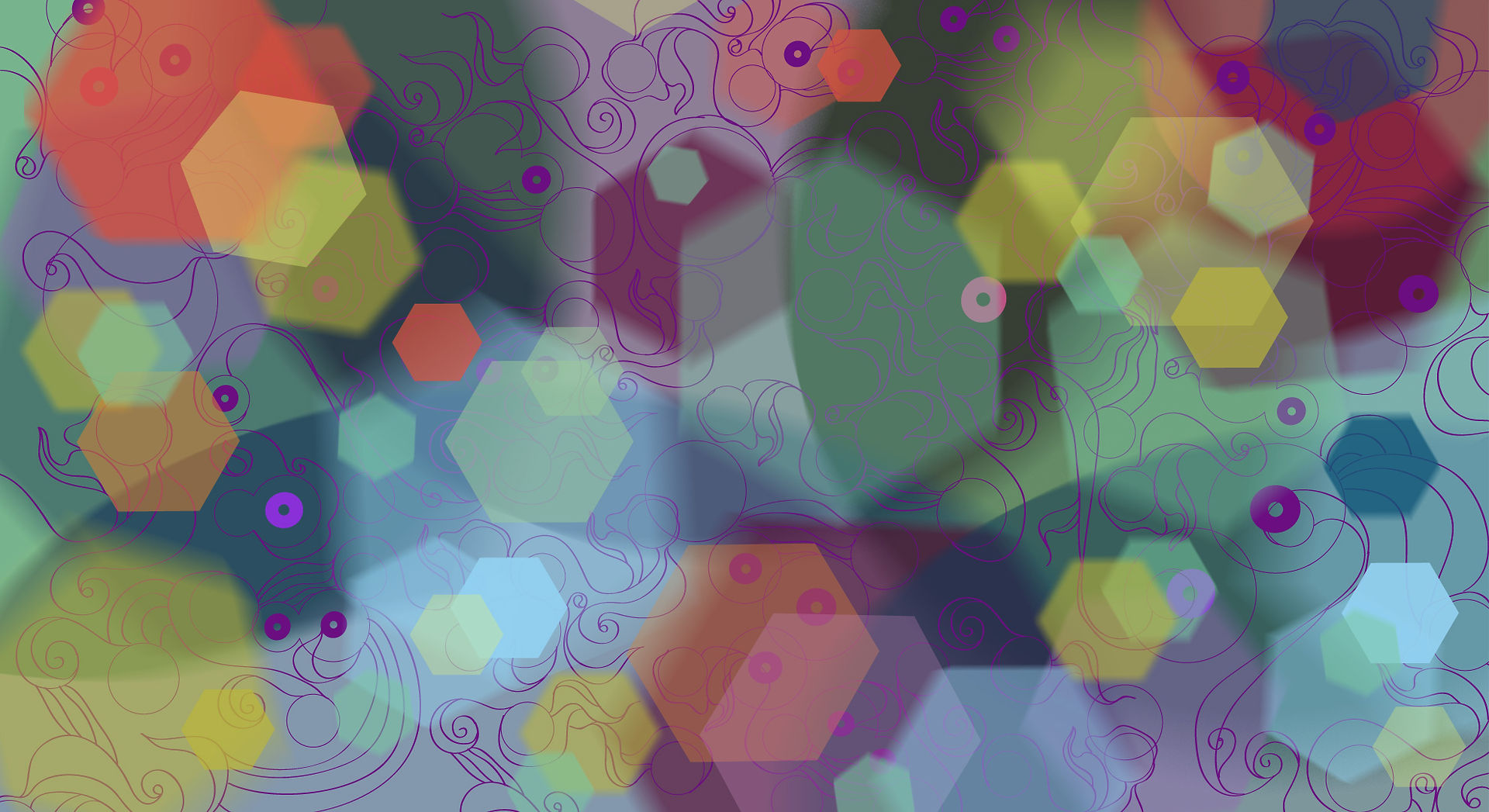Texture and Movement Set the Tone
- Cedrenna M.
- Nov 16, 2016
- 3 min read

The one piece I love the most by Van Gogh is Starry Night because it has lots of detail in it and I love the texture of it. I think this artwork can teach art students how to use movement and lines (both elements of art) to enhance their artwork. It also shows the different values of blue that flow right along with the picture and this almost describes the meaning or feeling of the buildings.

Vincent Willem van Gogh He was Born March 30 1853 – July 29 1890 was a Dutch Post-Impressionist painter who is among the most famous and influential figures in the history of Western art. In just over a decade he created about 2100 artworks, including around 860 oil paintings, most of them in the last two years of his life. They include landscapes, still lifes, portraits and self-portraits, and are characterized by bold, symbolic colors, and dramatic, impulsive and expressive brushwork that contributed to the foundations of modern art. He died by suicide at 37, following years of mental illness and poverty.
Born into an upper-middle-class family, Van Gogh drew as a child and was serious, quiet and thoughtful. As a young man he worked as an art dealer, often travelling, but became depressed after he was transferred to London. He turned to religion, and spent time as a missionary in southern Belgium. Later he drifted in ill health and solitude. He took up painting in 1881 having moved back home with his parents. His younger brother Theo supported him financially, and the two kept up a long correspondence by letter.
Van Gogh's early works, mostly still lifes and depictions of peasant laborers, contain few signs of the vivid color that distinguished his later work. In 1886 he moved to Paris where me met members of the avant-garde, including Emile Bernard and Paul Gauguin, who were reacting against the Impressionist sensibility. As his work developed he created a new approach to still lifes and local landscapes. His paintings grew brighter in color as he developed a style that became fully realized during his stay in Arles in the south of France in 1888. He lived there in the Yellow House and, with Gauguin, developed a concept of color that symbolized inner emotion. During this period he broadened his subject matter to include olive trees, cypresses, wheat fields and sunflowers.

Van Gogh suffered from psychotic episodes and delusions and, though he worried about his mental stability, he often neglected his physical health, not eating properly and drinking heavily. His friendship with Gauguin came to an end after he threatened the Frenchman with a razor, and in a rage, cut off part of his own left ear. His stay in a psychiatric hospital in Saint-Rémy led to one of the more productive periods of his life. He discharged himself and moved to the Auberge Ravoux in Auvers-sur-Oise near Paris under the care of the homeopathic doctor and artist, Paul Gachet. On 27 July 1890, Van Gogh shot himself in the chest with a revolver. He died from his injuries two days later.
He sold only one painting during his lifetime, and was considered a madman and a failure. He became famous after his suicide. Van Gogh exists in the public imagination as the quintessential misunderstood genius, the artist "where discourses on madness and creativity converge".] His reputation began to grow in the early 20th century as elements of his painting style came to be incorporated by the Fauves and German Expressionists. He attained widespread critical, commercial and popular success over the ensuing decades, and is remembered as an important but tragic painter, whose troubled personality typifies the romantic ideal of the tortured art.
Cedrenna is a junior this year in my AP Studio Art class. Here are a few examples of her work:






























Comments